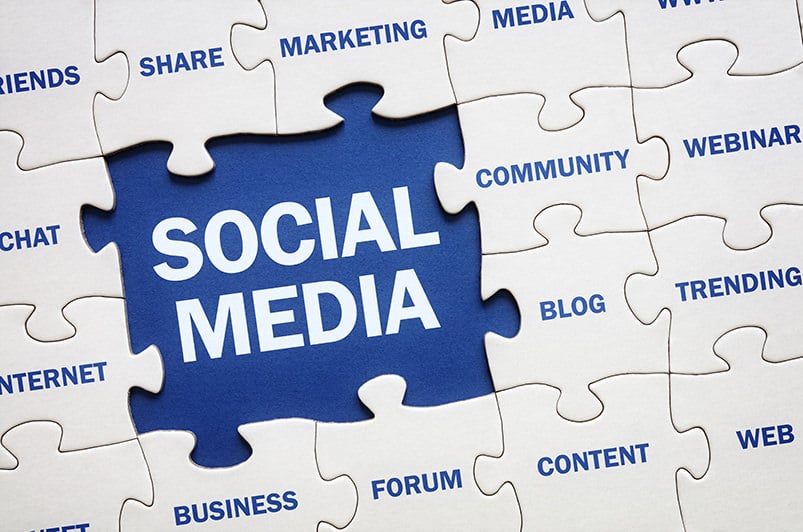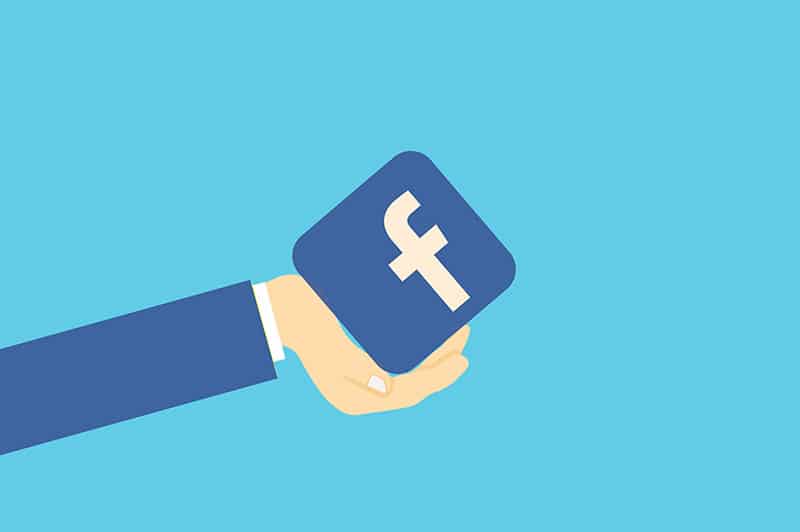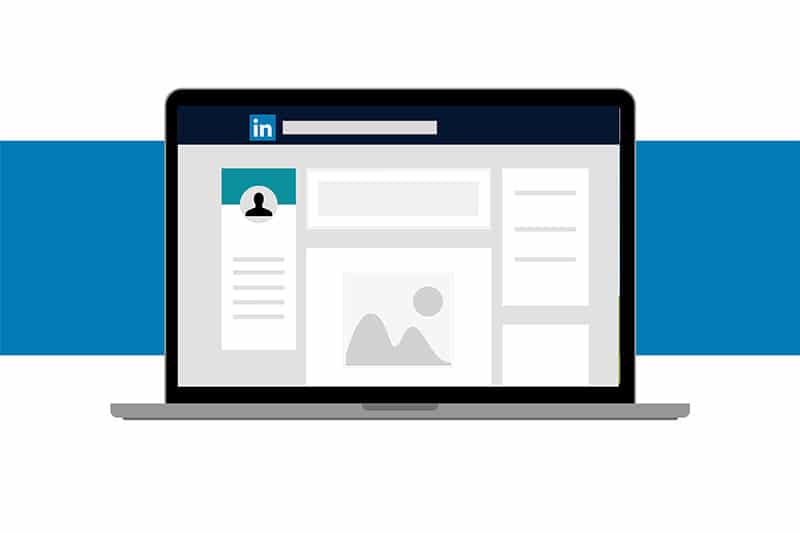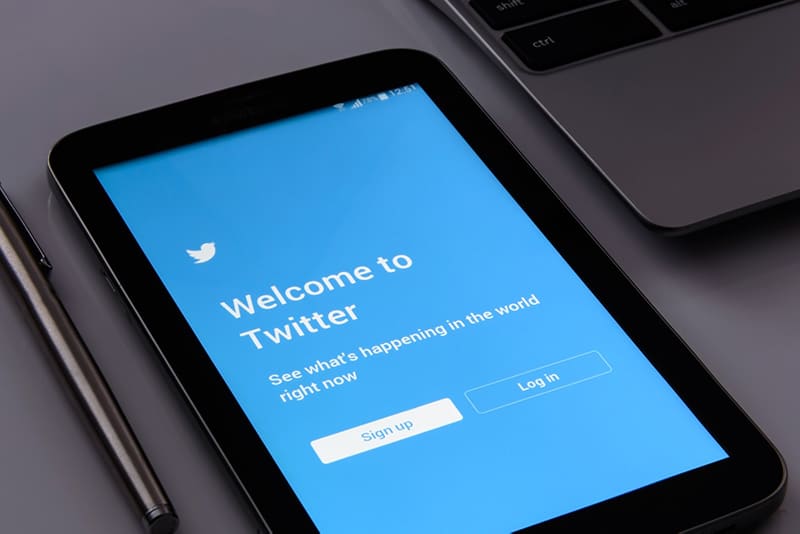The percentage of the population who use different social media channels varies by generation. Pinterest, for example, is used by a little more than 30 per cent of Baby Boomers but nearly 70 per cent of Generation Z. And Facebook is used by more than 85 per cent of Boomers, Generation X, and Millenials.
Whatever demographic your business targets, a good percentage of your potential customers use social media regularly. That's a huge audience available to target but they're spread across various channels like Facebook, Twitter, and Instagram.
How do you choose the right channel to target with your digital marketing campaigns?
Let's look at the pros and cons of each channel and how to choose the ones best suited for your business.
How to Choose Between Social Media Channels
You might be wondering what are social media channels? Simply put, they're different social networks. There are dozens of these networks but only a handful are worth putting your marketing efforts into.
Our top recommended channels are:
- YouTube
Don't feel like you have to target all of them though, especially at first. They each have their advantages and disadvantages, which we'll get into shortly. And some may not work at all in certain industries.
Yes, there's more to choosing the best social media channels than picking the ones you use yourself. You might enjoy using Facebook more than LinkedIn, for example, but if most of your target market are LinkedIn users, that's where you should focus.
It also comes down to how much time and resources you have to dedicate to your social media strategy. Every channel you add to the mix takes more time to manage - writing content, engaging your followers, and tracking your results.
Setting Social Strategy Goals
Before you settle on the channel(s) you want to focus on, you should sit down and figure out the goals for your social media strategy. Do you want to grow your business? Interact with your customers? Share useful content to become a market leader in your industry?
The goals you're aiming for will impact the channel you choose, how you approach your campaigns, and what "success" looks like at the end of the day.
Choosing Your Social Media Marketing Platform
As we mentioned already, it's not a good idea to target too many channels at once. And in many cases, there's no need to target certain channels at all.
Let's get into some more detail about each of the major channels.
Facebook is the largest social media channel by a large margin. As of March 2020, Facebook has over 2 billion active users. That's more than 25 per cent of the world's population.
With that many users, you can find an audience on Facebook for virtually any product or service. And with Facebook's granular ad targeting, you can run ads that will reach the people who are most likely to be interested in what you have to offer.
Facebook Ads also give you excellent analytics for your ad campaigns so you can see exactly what's working and what isn't.
There are some challenges with Facebook, mind you. Because Facebook Ads are so powerful, a lot of companies use them. This drives the prices up so you'll pay more for your audience's attention.
Facebook is also a bit of a "black box" when it comes to putting your content in your audience's news feed. You need to post regularly and drive a lot of engagement with your audience if you want to be seen.
Facebook can also be a bit opaque about suspending pages, removing ads, and other things that can hurt your campaigns. If you're hit with some sort of penalty, there's often little or no recourse available.
Instagram is owned by Facebook but it's an entirely different beast. Instagram is designed to be a visual channel where you can share pictures and videos. As such, it's best suited to markets that are very visual like food, fashion, and beauty.
Instagram tends to attract a younger audience than Facebook so that can also play into your choice of whether to use this channel. If your target market trends to the tail-end of Gen-X and Millenials, Instagram is a strong choice. But for Baby Boomers, Facebook can be more effective.
Another benefit of Instagram is the potential for reaching your audience through influencer marketing. A lot of influencers use Instagram as their platform of choice.
Some of the challenges you can face with Instagram include its mobile-first focus. It was originally designed for the iPhone and has always kept to those roots.
Some people will use it on their desktop or laptop PCs but the majority are on a mobile device. This can lead to fewer conversions and sales in some markets.
Instagram can also be a bit deceiving about engagement with your audience. You can a large number of followers but not necessarily get a lot of engagement with them. And Instagram recently stopped showing some information, such as the number of likes on each post, so it's not as clear when something is popular (or not).
LinkedIn is much more focused on professional and B2B markets than any of the other channels. Most users on LinkedIn are there for business connections, after all.
If your business operates in a B2B market, it should be one of your main channels. LinkedIn also works well for luxury good and services as well as technical markets such as software and web services.
Like Facebook, LinkedIn has a strong ad platform that lets you target specific audiences based on their demographics and other connections. It also provides good analytics information so you can track your results and change course where necessary.
Another advantage LinkedIn offers is the ability to connect with people who don't necessarily follow your business on the platform. You can do this through referrals from common connections who do follow you as well as by paying for the opportunity to reach out.
LinkedIn is very much based on old-school business networking techniques. This is one of the reasons it tends to work well in those industries - people are used to those types of connections.
One of the main challenges of LinkedIn is its smaller user base. Even if you're in a market that is suited for its users, you won't be able to reach as many people as on the larger platforms.
Twitter is one of the best social media channels for engaging directly with your customers. What people see in their feed is less affected by an algorithm (although it still comes into play) so it's easier for them to see everything you post.
They can direct message you and vice versa so it's a good channel for customer support and sharing valuable content with your followers. You can easily target people and topics in your posts using the '@' and '#' tags.
Twitter doesn't need a great deal of expertise to use either. If you can write short content, it's easy to get it in front of your market.
The biggest downside to Twitter is the amount of noise your followers likely see in their feed. If they follow more than a handful of people, they likely don't read every post in their timeline.
This makes it a bit of a challenge to ensure people see everything you post. To get the most out of Twitter, you need to follow an aggressive posting schedule and you need to re-post important content on different days and times.
Pinterest has a large user base but it's more of a niche channel than the rest on this list. People "pin" images in their Pinterest account so it's a very visual platform.
Two-thirds of Pinterest's users are female so it tends to be more effective in markets that have a larger female audience. And like Instagram, creative industries are better suited to it because of its visual nature.
One of Pinterest's strengths is its effectiveness in driving traffic to websites. The images pinned by users show up on Pinterest but link to the site the image was originally posted on.
This gives you the ability to drive traffic to pages on your website with strategic use of images and Pinterest sharing features.
Pinterest's advertising costs are lower than the other sites on this list so if you want to pay to drive traffic and your market is a good fit, it can provide a good ROI.
The biggest challenge with Pinterest is that content creation is more time consuming than some of the other channels. Creating images, especially ones that are likely to get shared, is more time consuming and takes more expertise than the written word.
YouTube
Most people don't immediately think of YouTube as a social media channel but beyond the obvious video-sharing features, the site is all about social sharing. Users can comment on videos, subscribe (follow) channels, and reach an audience that's interested in what they have to say.
YouTube is also the second-largest search engine behind Google so targeting this channel not only lets you engage with your followers, it gives you a good opportunity to find new ones.
Video drives more conversions than many other types of content so if your market is conducive to video-based content, it's a good way to generate leads and sales.
Video creation has a higher barrier of entry than other types of content, which can be a bit of a double-edged sword.
On the one hand, it's more resource-intensive and takes more specialised skills to create your content. But the same applies to your competition.
If you're willing and able to put in the extra work where your competitors are not, you can capture a bigger share of the market. And people tend to see video content as both more valuable and more authoritative so building a successful YouTube channel will help cement you as a market leader in your industry.
YouTube has come a long way from its early days and its users expect video to have high production standards. If you're going to target this social media channel, you need to be prepared to put enough time, resources, and money into your channel to meet those expectations.
Optimising Your Social Media Strategy
Social media is no different than any other digital marketing strategy. To get the best results, you need to test and tweak your efforts over time.
Setting goals and planning your campaigns will only get you so far - you won't know for sure what works and what doesn't until you try it.
Don't be afraid to test the waters on different channels before jumping in with both feet. A few strategically-placed ads can give you a pretty good idea of whether a given channel is likely to work for your business.
This is especially helpful if you're just getting started with social media. Why not start with the path of least resistance?
Where to Turn for Help with Your Digital Marketing
Planning and implementing an effective digital marketing strategy is a big job and it takes a certain amount of expertise. Yes, anyone can start posting on social media with very little technical knowledge and doing something is always better than nothing.
But without a plan, you could be wasting your time. If nobody sees your posts or they don't land with your target audience, is there really any point?
Lift Strategies can help you avoid the wasted time and resources by mapping out an effective digital marketing strategy for your business. We have years of experience under our belt and we live and breathe online business.
We can provide a range of digital marketing services to help you expand your audience on social media and bring more customers into your business.
Get in touch with us today to set up a free discovery session. We'll discuss your goals, what your business does best, and how we can leverage social media to help you grow.













